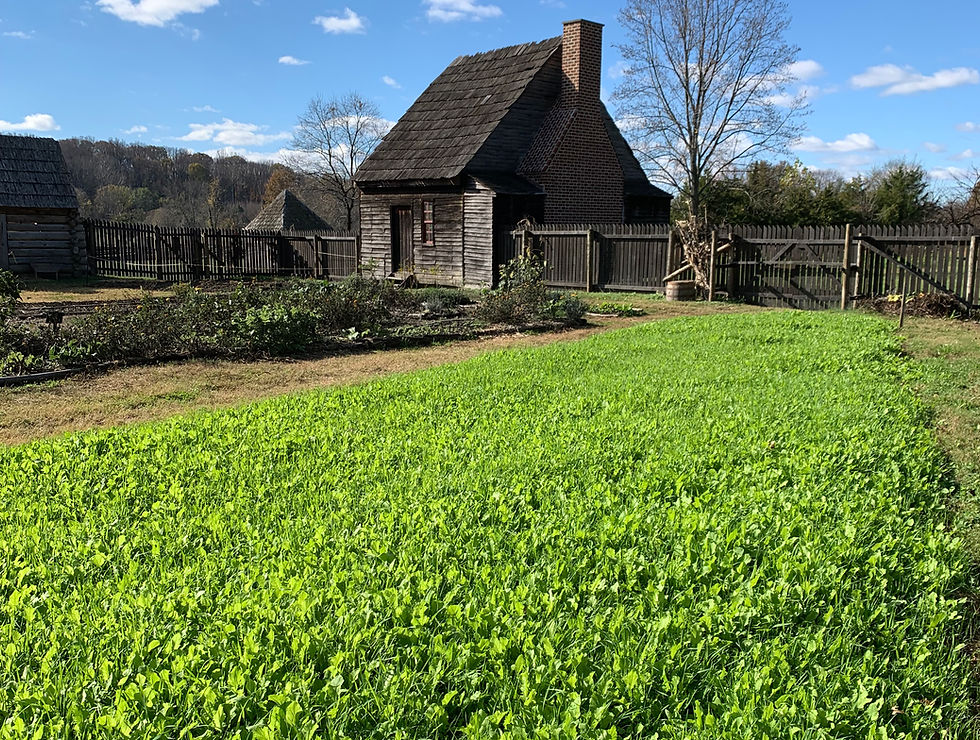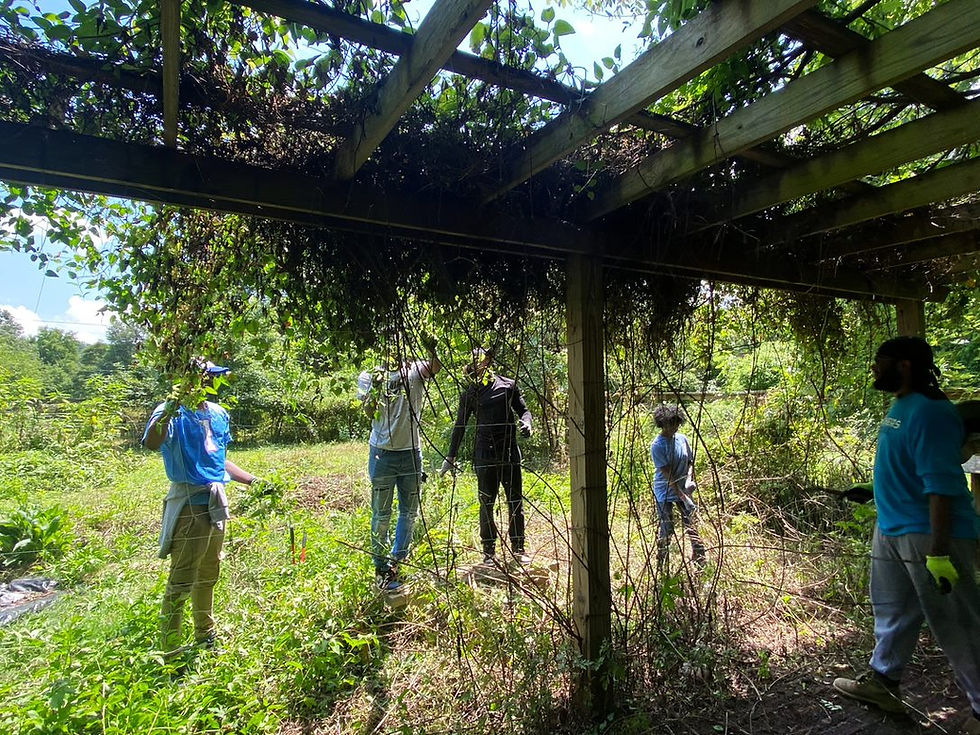Microbes In Our Midst
- Accokeek Foundation

- Oct 29, 2013
- 2 min read
by Daniel Michaelson
At the root (pun intended) of all food production anywhere are hordes of microorganisms – organisms too small to see with the naked eye (except in the aberrant case of macroscopic bacteria as large as a millimeter). These include all of the prokaryotes, namely the bacteria and archaea; and various forms of eukaryotes, comprising the protozoa, fungi, algae, microscopic plants (green algae), and animals such as rotifers and planarians. Sure they are small, but without them nothing would be “alive,” including us.
For example, bacteria are responsible for cycling the carbon, nitrogen, phosphorus and other nutrients that plants and, thus, humans require for life. When it gets cold, as it is doing now, the rate of microbial action in soils slows down, resulting in decreased rates of nutrient cycling and availability to plants. Consequently, plants cannot grow as well. This can be observed in the brassicas (broccoli, cabbage, kohlrabi, etc.), which show purpling in the leaves when freezing temperatures become common. The purpling indicates phosphorus deficiency. Without the soil bacteria and fungi that break down complex organic matter into simple inorganic forms, dead plant matter would build up indefinitely, holding on to nutrients otherwise available to young plants. This phenomenon partially explains the massive nutrient stores in arctic regions that are under threat of becoming massive carbon sources, as the Earth warms.
I digress. In addition to being essential to the actual growth and nutrient cycling process of agriculture, microbes – especially bacteria – allow us to digest what we grow, buy, and ultimately eat. Take, as an example, the 100 trillion or so microorganisms that we carry in our intestines, outnumbering the total number of cells in the human body by a factor of ten or greater. One of the primary services our bacterial allies provide is fermentation of undigested carbohydrates. They also aid in absorption of other nutrients, such as short chain fatty acids, and with the synthesis of vitamins B and K. Our gut flora also helps keep us healthy by training our immune systems and preventing the growth of pathogenic bacteria. Fungi, protozoa, and archaea also live in our guts, but less is known about their activities.
Whether cycling nutrients in our fields, or fermenting cabbage in our colons, microorganisms are our friends, more than our enemies.
Brought to you by the microbes in Dan’s guts.
Click here for more Field Notes







